DKK-HM50NB-100μg / 询价
DKK-HM50NB-500μg / 询价
DKK-HM50NB-500μgx2 / 询价
Biotinylated Human DKK1 N terminal Domain Protein
Recombinant Biotinylated Human DKK1 N terminal Domain Protein is expressed from HEK293 with hFc tag and Avi tag at the C-Terminus.It contains Thr32-Asp142 [Accession | O94907].
The protein has a predicted MW of 40.25 kDa. Due to glycosylation, the protein migrates to 50-60 kDa based on Bis-Tris PAGE result.
> 95% as determined by Bis-Tris PAGE
> 95% as determined by HPLC
Less than 0.1EU per μg by the LAL method.
Lyophilized from 0.22μm filtered solution in PBS (pH 7.4). Normally 8% trehalose is added as protectant before lyophilization.
Centrifuge the tube before opening. Reconstituting to a concentration more than 100 μg/ml is recommended. Dissolve the lyophilized protein in distilled water.
-20 to -80°C for 12 months as supplied from date of receipt.
-80°C for 3 months after reconstitution.
Recommend to aliquot the protein into smaller quantities for optimal storage. Please minimize freeze-thaw cycles.
Dickkopf-1 (Dkk1), the founding and best-studied member of the Dkk family, functions as an antagonist of canonical Wnt/β-catenin. Dkk1 is considered to play a broad role in a variety of biological processes.
Dickkopf-related 1; Dickkopf-1; Dkk-1; Dkk1; hDkk-1; hDkk1; SK
Liang L, Tu Y, Lu J, Wang P, Guo Z, Wang Q, Guo K, Lan R, Li H, Liu P. Dkk1 exacerbates doxorubicin-induced cardiotoxicity by inhibiting the Wnt/β-catenin signaling pathway. J Cell Sci. 2019 May 16;132(10):jcs228478. doi: 10.1242/jcs.228478. PMID: 31028181.








